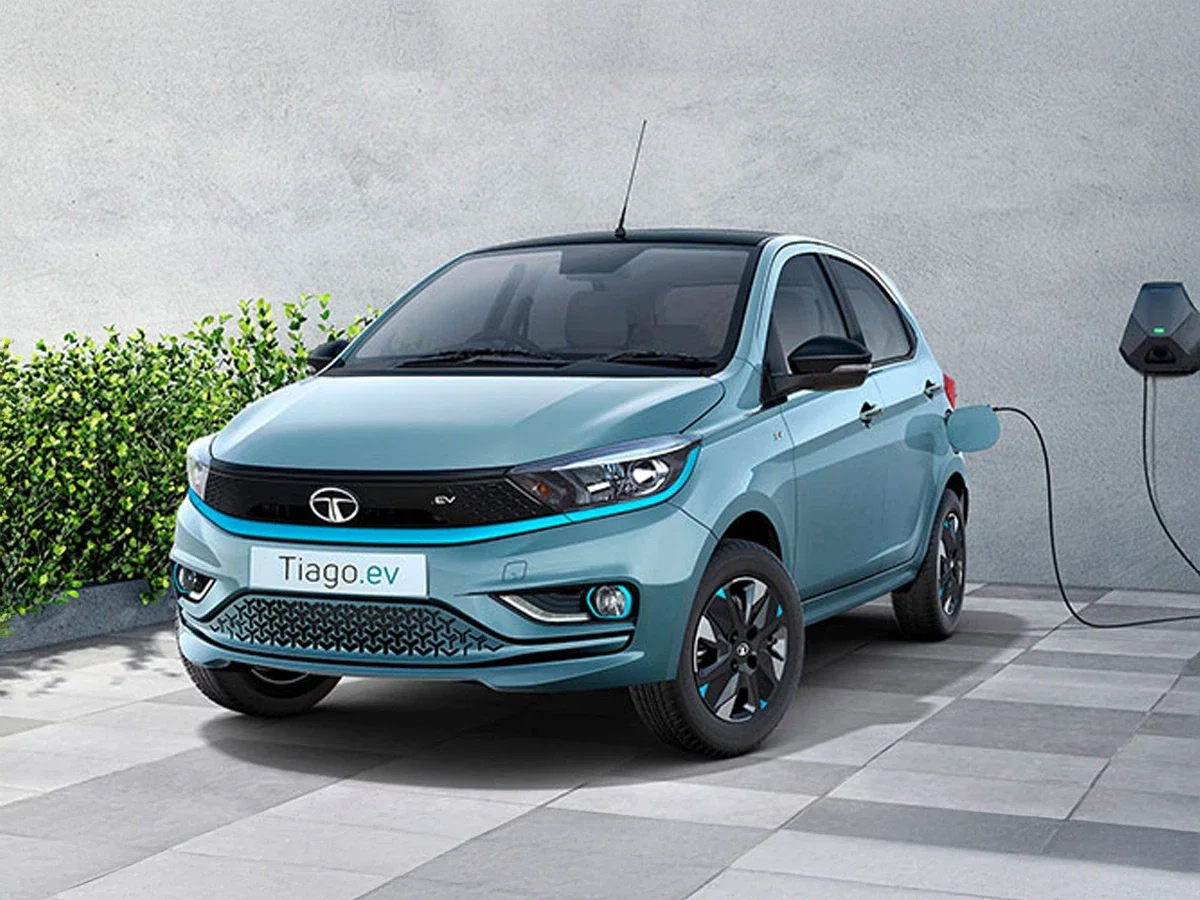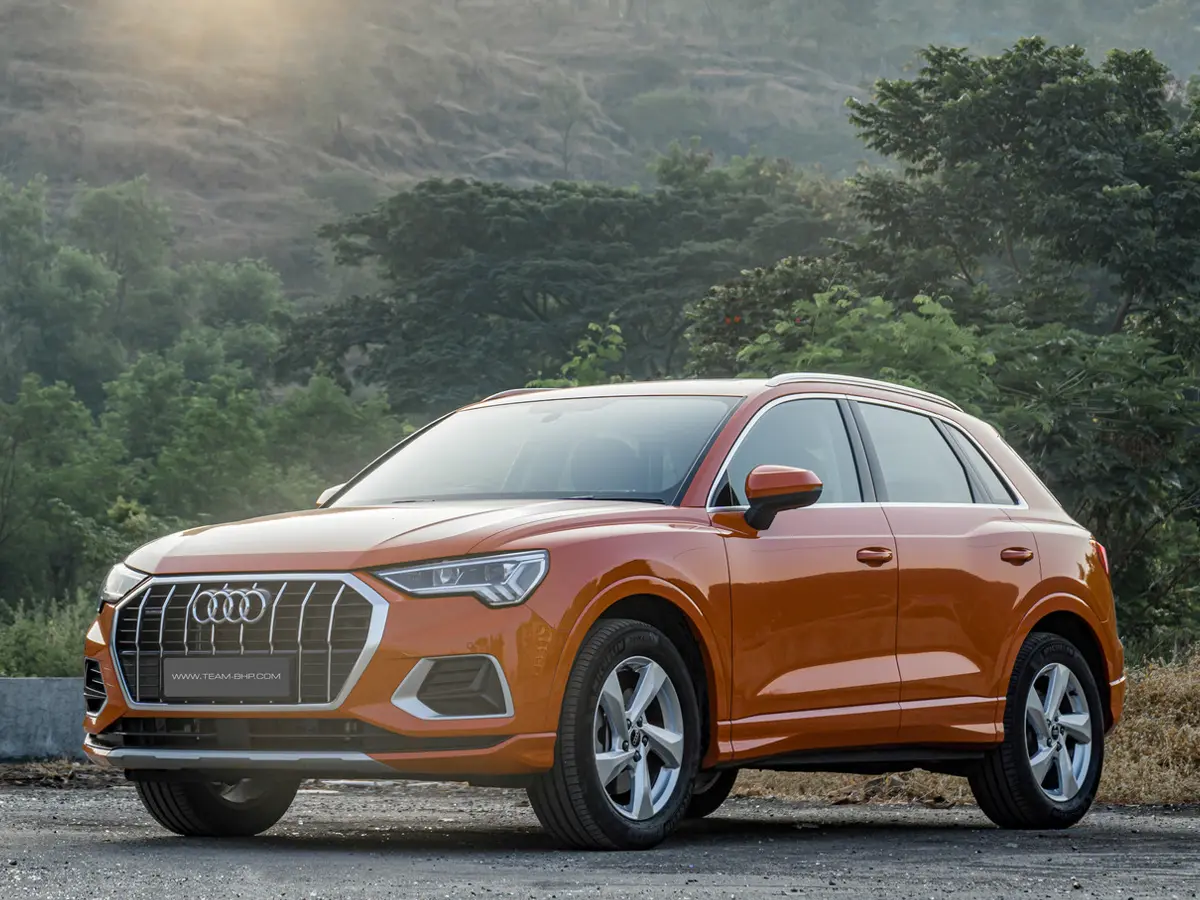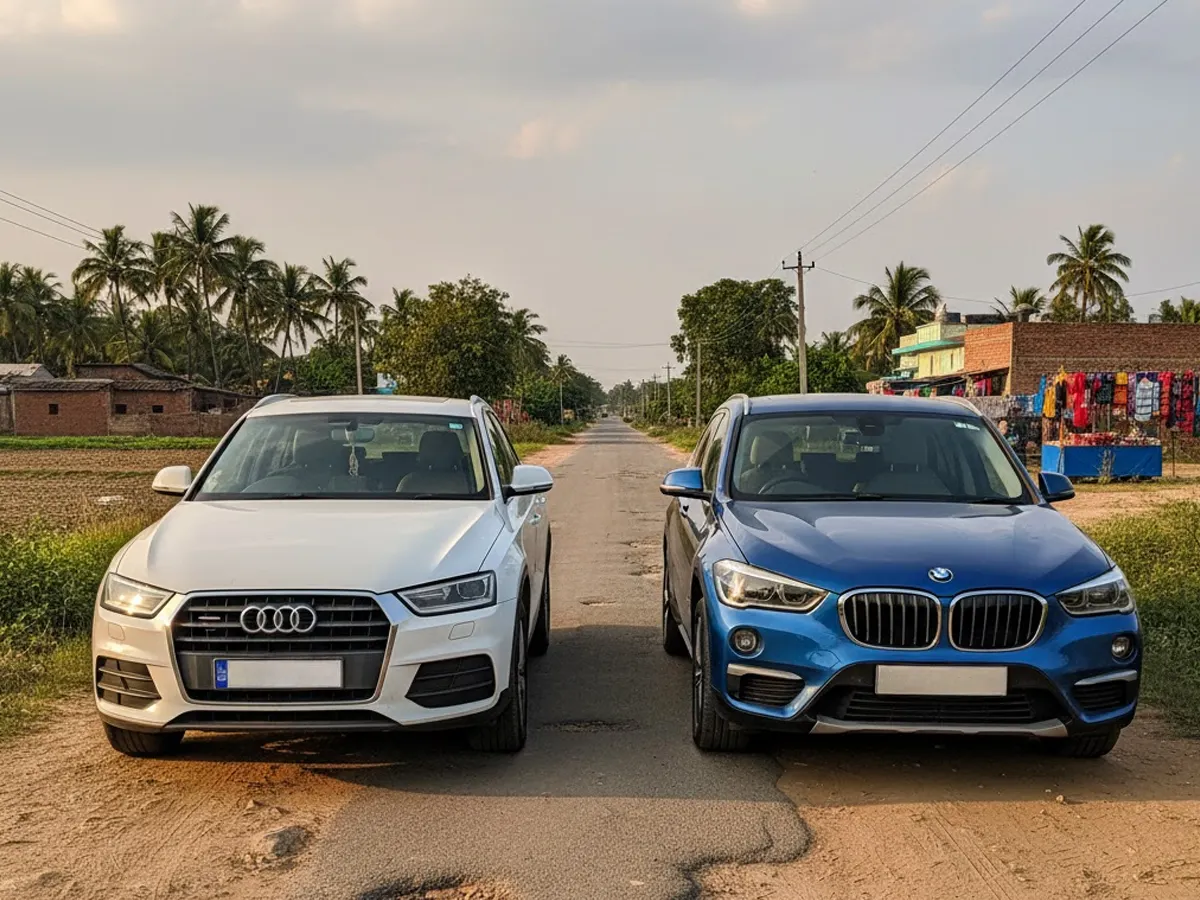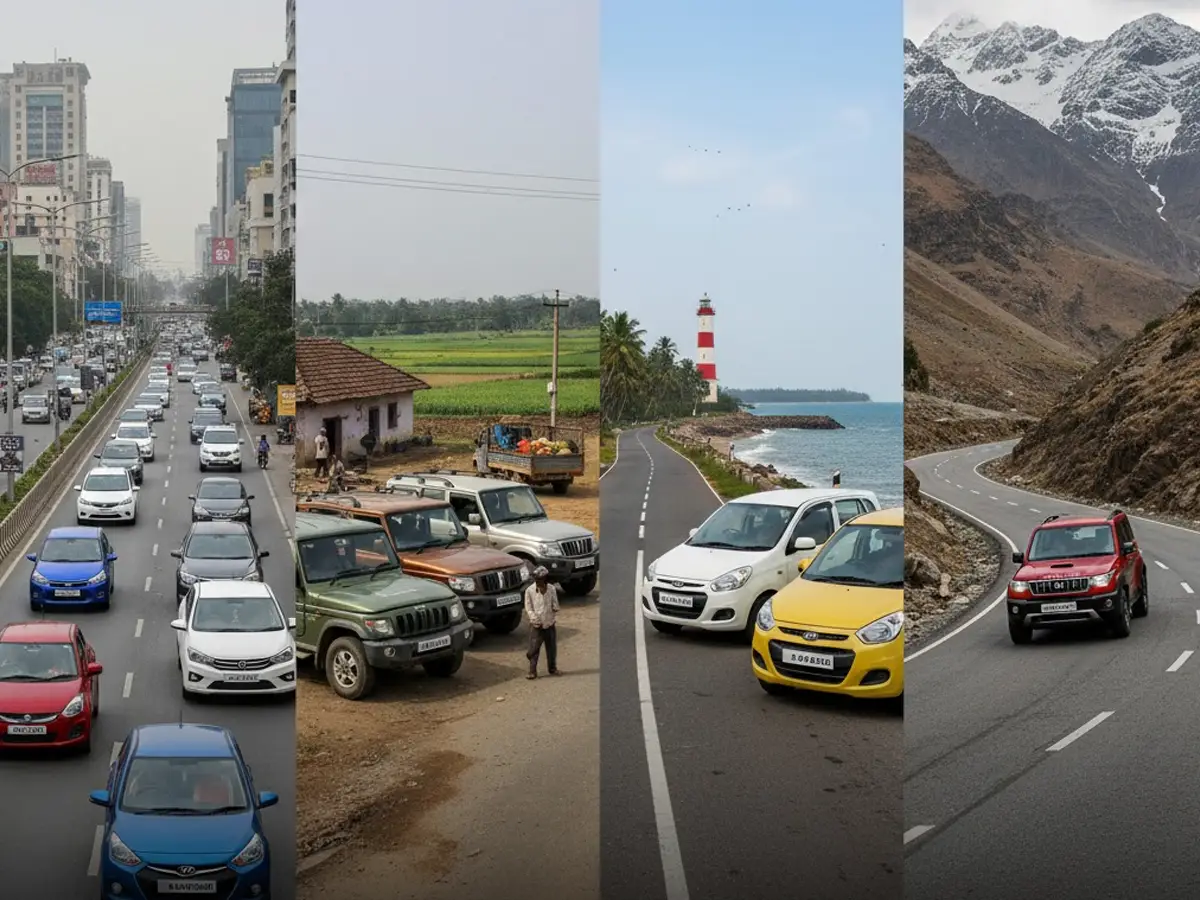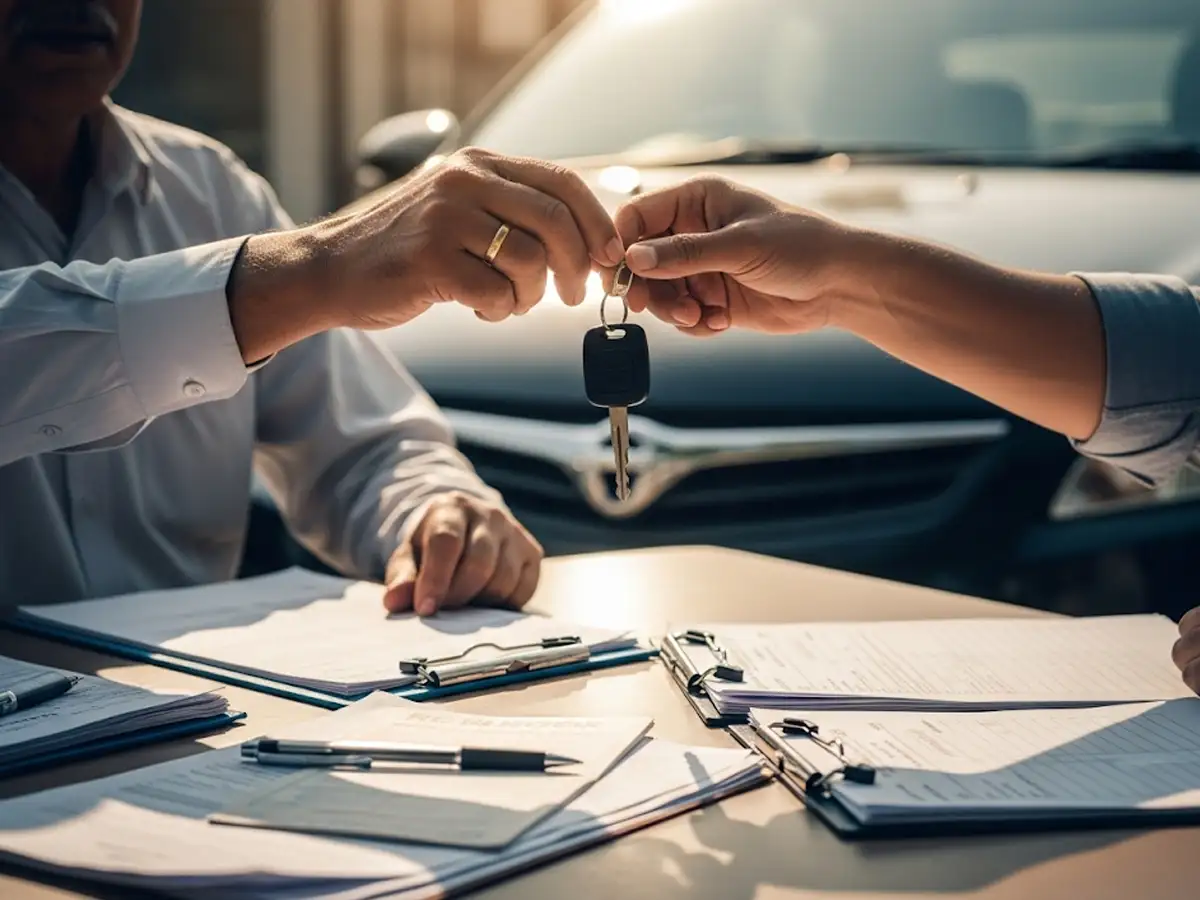

Deemed Ownership in Used Cars: Mitigating RC Transfer Problems for Marketplaces
- 1Sellers become legally free from challans after handing over cars to dealers
- 2Buyers get faster and safer RC transfers with full transparency
- 3Dealers take legal custody of the car until RC updates in the buyer’s name
Selling a car sounds easy, but the paperwork involved often isn’t. The seller hands over the vehicle to the dealer or a marketplace, but he continues to be legally responsible until the registration certificate (RC) officially moves to the buyer’s name.
This means if the used car dealer or marketplace racks up challans, meets with an accident, or even uses the car illegally, the penalties arrive at the seller’s doorstep. On the other side, used car buyers often get frustrated because RC transfers take weeks or sometimes months, depending on the RTO process.
For marketplaces that connect sellers and buyers, this “waiting period” has been a long-standing headache. Sellers complain when they receive challans for a car they no longer own. Buyers feel insecure until the RC is finally in their name.
That’s where the idea of deemed ownership makes a real difference.
What is Deemed Ownership of Vehicles
Deemed ownership is a rule introduced in 2022 by the Ministry of Road Transport and Highways (MoRTH) through an amendment to the Central Motor Vehicles Rules (CMVR), 1989. The amendment was made to fix a long-standing problem in the used car ecosystem, where ownership records in the government database took time to update even after a car was sold.
Under the deemed ownership rule, once a seller hands over their car to an authorised dealer or a recognised marketplace, the dealer is treated as the temporary owner until the Registration Certificate (RC) officially transfers to the new buyer. This happens without actually transferring the vehicle ownership to the dealer’s name.
In simple terms, the used car dealer becomes responsible for the car when it remains in their custody or until sold to another buyer. This means that for any accident, traffic violation, or legal issue that happens during this period, the liability no longer falls on the original seller.
Thus, it is a crucial change in vehicle ownership rules which closed the “grey area” that existed earlier, where the vehicle had left the seller’s hands but the RC was still pending transfer. Now, sellers get legal protection and dealers take on the interim responsibility until the car’s RC is updated in the buyer’s name.
How Vehicle Deemed Ownership Works
Here’s the process of deemed ownership of vehicles:
1. Seller hands over the car: The car is sold to a used car dealer or marketplace. The seller has to submit Form 29C (intimation of delivery of vehicle to dealer) on the VAHAN portal to officially record that the car has been given to the dealer. At this point, the old owner’s liability ends.
2. Dealer takes custody: Once the dealer receives the car, they upload the details on the VAHAN system. The dealer’s name is then marked as the deemed owner in the database until the vehicle is resold.
3. Dealer maintains the car: During this period, the dealer can only use the car for limited purposes, such as test drives, servicing, or keeping it ready for resale. Dealers are also required to maintain a trip log in Form 29D, so there is a proper record of when and how the car was driven while under their custody.
4. RC transfer to the buyer: When the car is finally sold to a new buyer, the dealer completes the RC transfer process. The buyer’s name is updated on the Registration Certificate through Form 29 and Form 30 (transfer of ownership). At this point, the deemed ownership ends, and the buyer becomes the official owner.
This step-by-step process, backed by the required forms, creates a clear digital trail of who was responsible for the car at every stage: the seller, the dealer, and finally the buyer.
Importance of Vehicle Deemed Ownership Rule
Before 2022, sellers often hesitated to sell through dealers or marketplaces because:
- Challans and penalties still arrived in their name
- They feared misuse of the car before RC transfer
- There was no way to prove they had handed over the car
On the other hand, marketplaces had no protection either. They had to manage disputes between buyers and sellers without a legal framework.
By giving dealers deemed ownership, the government made sure that every car in transit had a legally accountable custodian.
Benefits for Car Sellers
- No more surprise challans after handing over the car
- Peace of mind that legal responsibility shifts immediately
- A smoother selling experience without endless follow-ups
Benefits for Used Car Buyers
- Greater trust in marketplaces because ownership transfer is properly managed
- Protection from past liabilities like unpaid challans or loan dues
- Faster and more transparent RC transfer, thanks to digital updates on VAHAN
Benefits for Marketplaces and Dealers
- No need for RC transfer to the Dealer’s name
- Clear liability during the custody of cars
- A structured process that builds customer trust
- Fewer disputes between buyers and sellers
- Ability to provide a more professional, transparent service
Why Deemed Ownership Matters for the Used Car Industry
The used car market in India is growing rapidly, but buyer trust is still fragile. Many people hesitate because of unclear paperwork, fear of hidden liabilities, and delays in RC transfers. Deemed ownership helps solve these challenges in the following ways:
- Ends liability confusion: Sellers are free from traffic fines, challans, or accidents once they hand the car to an authorised dealer.
- Brings transparency: Dealers are recorded as temporary custodians on the VAHAN system, creating a digital trail.
- Speeds up transactions: Buyers get more confidence since the ownership status is clear until the RC officially shifts.
- Encourages organised sales: More customers trust registered dealers and marketplaces, leading to faster growth of the organised used car sector.
- Protects all parties: Sellers, buyers, and dealers have defined responsibilities at each stage, reducing disputes.
Deemed ownership is not just a legal update in used car transactions but a tool that makes the entire used car ecosystem safer, more professional, and customer friendly.
Conclusion
RC transfers have always been messy, leaving sellers exposed and buyers anxious. The deemed ownership rule changes that by giving temporary ownership to authorised dealers. This ensures clear responsibility, safer custody, and smoother RC transfers.
For sellers, it means peace of mind. For buyers, it means trust. And for marketplaces, it means fewer disputes and better service. In short, deemed ownership is a simple but powerful step that finally makes the RC transfer process reliable in the used car market.
Frequently Asked Questions
Expand all





